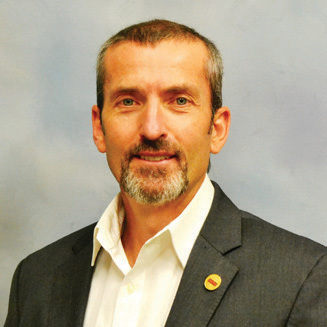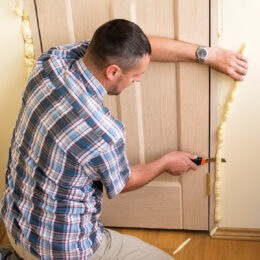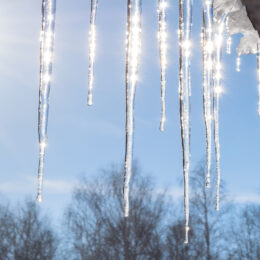
CEO
Have you ever watched a video or TV show where a person is cooking a meal, then suddenly, they snap their fingers, and the meal is plated and ready to eat? That’s called a jump cut.
While we wish we could “jump cut” from a power outage to power restoration, it can often take a lot more effort and people to make it happen.
As the CEO of Warren County REMC, I’m accustomed to members’ questions about power outages and why it can take time to get the lights back on. Given our reliance on electricity, there’s simply never a good time to be without it.
This month, I’d like to shed light on our restoration process to help our members understand what may be happening behind the scenes. Here are nine things you might not know about restoration:
1 We need you. When your power goes out, it might be just at your home or small section of a neighborhood. There is a chance we may not know about it, and no one has reported it. We rely on you to let us know if your power is out. You can always report an outage to us at 844-224-0710. Even if the call is after business hours, our after-hours phone service will report your outage to our on-call linemen right away.
2 It’s a team effort. Every one of our employees are working to get your power restored as soon as possible. Our member services representatives are taking your calls, engineers and field staff are surveying damage, our vegetation management team is clearing hazards, dispatchers are organizing crews, and communicators are keeping everyone informed of progress or potential dangers. When your power goes out, we all work together as quickly and safely as possible to get you back to normal.
3 We assess the situation first. Every outage is different, and we don’t know how dangerous it is or what equipment might need to be replaced. When responding to outages, we first need to see what happened, then figure out what materials we need and a plan for how to fix the problem(s) without compromising electric flow for the rest of our members.
4 Restoration is often prioritized by the largest number of members we can get back on in the shortest amount of time. Our crews focus on responding first to public safety issues and critical services. Then we complete work that impacts the largest of number of people first.
5 Our employees face many dangers. In addition to working around high voltage electricity, our crews are on alert for wild animals, weather elements, falling trees and fast-moving cars. (If you ever drive past one of our vehicles, please do so slowly.)
6 Flickering lights can be a good sign. Some folks mistake flickering lights for outages, but these “blinks” are important because they indicate our system safety equipment worked and prevented a possible outage likely caused by wayward animals or stray tree limbs on the lines.
7 You need a backup plan. We do our best to help those who need it, but if you depend on electricity for life support purposes, you must have a backup plan — remember, we don’t always know how long restoration efforts will take. If you’re unsure what to do, call us so we can help you prepare an emergency location.
8 Our employees have to plan, and eat. If you ever see our trucks in a restaurant parking lot while your power is out, know that sometimes our employees huddle in a safe, common area to map out their plan for getting your power back on. Also, our crews work long hard hours during outages and need to take time for meals just like everyone else.
9 Sometimes it’s a waiting game. Our portion of the power grid is connected to other electric utilities, and we maintain positive relationships with power providers interconnected to our system. If our outage is due to an issue from their feed into our system, we must let them do their repairs and be mindful of what they’re going through to fix it.
We do our best to avoid power disruptions, but they are inevitable from time to time. If the lights go out, know that your co-op team is working as quickly and safely as possible to restore power. If you experience an outage, let us know by calling 844-224-0710.



